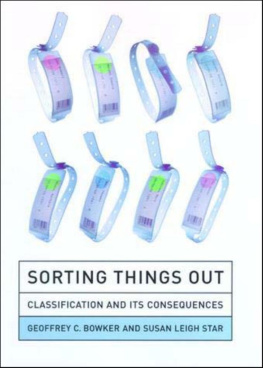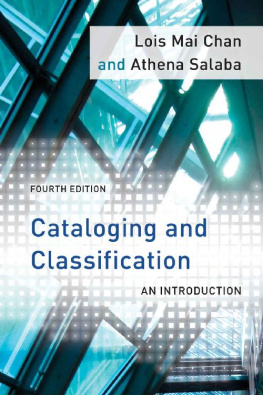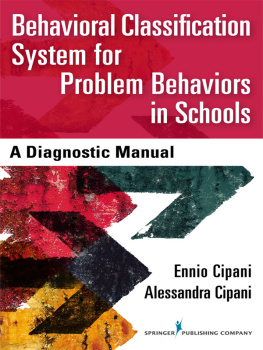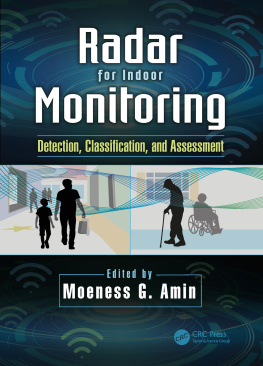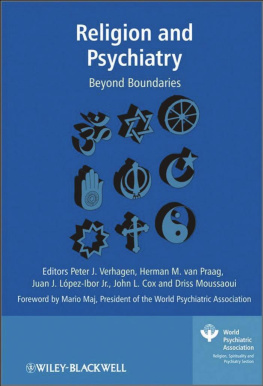The right of Allison Burkette to be identified as author of this work has been asserted by her in accordance with sections 77 and 78 of the Copyright, Designs and Patents Act 1988.
All rights reserved. No part of this book may be reprinted or reproduced or utilised in any form or by any electronic, mechanical, or other means, now known or hereafter invented, including photocopying and recording, or in any information storage or retrieval system, without permission in writing from the publishers.
All three of my children have gone through a stage during which they have enjoyed sorting their toys into categories, placing like objects into groups that would then talk to, play with, or fight with one another (the groups, not the kids). Sometimes the criteria with which they sorted the toys were obvious, such as all the cats go here, all the bears go there, all the blocks go somewhere else entirely, or, more generally, all the hard toys are in one spot and all the soft, stuffed animals are placed in another. Every now and again, though, I would come across a sorting scenario for which I couldnt figure out the means by which the toys had been grouped, even after running through a feature checklist (size, material composition, species, texture, color, etc.). And so already we know something about classification: It is ultimately a creative endeavor.
Humans classify things all the time. Like narration, classification is a means of ordering an otherwise unordered experience, and language is the means by which we do this. Whether natural groups exist out there, and whether we can access whats out there, are probably matters best left to philosophers. What I am interested in is the idea that categories and labels are the product of human interaction, with other humans and with the physical realities they are confronted with. Thus, the study of classification gives us insight into how people think, how we conceptualize the world that we encounter, and how we interact with that world and the things and people in it. The study of classification also gives us another look at the interaction(s) between language and material culturebetween words and things.
Rudolf Meringer and Hugo Schuchardt, progenitors of the Wrter und Sachen movement of the early twentieth century, believed that the study of words and the study of things should be combined, as interwoven lines; the things, so to speak, forming the warp, and the words the woof (Schuchardt, 1912, p. 832). Meringer cautioned that, to fully understand the bell, for instance, one must visit the bellfounder, and I myself have spent a great deal of time trying to weave together etymology and artifact, looking for congruencies between the study of language and the study of material culture.
An interesting connection between these two pursuits has been the use of language as a metaphor for material culture since (at least) the 1980s, when archaeologists and material culturalists framed discussion of objects and artifacts as reading and/or interpreting material texts. Though this idea has seen some pushback since then, the whole idea that language could be a metaphor for material culture assumes that these are separate, definable, delineable entities. Recent archaeological theory has questioned many boundaries, including those between subject and object, and between material and immaterial. The smudging of these boundaries prompts me to wonder why the boundary between language and material culture still seems so fixed. Linguists and archaeologists are both striving to better understand human behavior as it manifests through a cultural product. The reading I have done in archaeological theory has convinced me that archaeologists and linguists are asking a lot of the same questions and coming up with some of the same answers, yet we dont spend a lot of time in dialogue with one another.
To that end, I wanted the work that I did for this book to be the start of a conversation and in many ways, it has been. The discussions that I have had with archaeologists about this project have had an enormous impact on the way that I think about research, about data and artifacts, and about language. Though I have always had an interest in material culture and in the intersection of language and material culture, my academic background is in sociolinguistics and I have approached the material here from that perspective. I admit that I might be considered a bit of an odd sociolinguist in that a) I keep looking at words (as opposed to phonology or grammar), and b) Im not a believer in linguistic structureinnate or otherwisebut I still consider myself to be one. I think about language as being the emergent product of individual interactions; we may perceive a structure, but language itself is always in process. I (now) think about classification in much the same way.
In terms of the archaeologists and archaeological theory presented in this book, I have tried not to preference one over the other. I have done my best to look at the different approaches to classifying ceramic artifacts with objective curiosity; Ive asked a lot of questions and considered a lot of answers. I am truly grateful for the scholars who were kind enough to share with me their time, expertise, and ideas. Im sure Ive accidentally gotten some things wrong, or missed the obvious from time to time, and I take full responsibility for that, but what I have learned over the course of this project has been transformative and Ive enjoyed every minute of it. I hope to keep the conversation going.
Routledge Studies in Sociolinguistics
13 Social Media Discourse, (Dis)Identifications and Diversities
Edited by Sirpa Leppnen, Elina Westinen and Samu Kytl
14 Care Communication
Making a home in a Japanese eldercare facility Peter Backhaus
15 Heritage Language Policies around the World
Edited by Corinne Seals and Sheena Shah
16 The Politics of Translingualism
Jerry Won Lee
17 Living Languages and New Approaches to Language Revitalisation Research
Tonya N. Stebbins, Kris Eira and Vicki L. Couzens
18 Language Contact and the Future of English
Ian MacKenzie
19 Discourse, Gender and Shifting Identities in Japan
The Longitudinal Study of Kobe Womens Ethnographic Interviews 19892019, Phase One
Edited by Claire Maree and Kaori Okano
20 Language and Classification
Meaning-Making in the Classification and Categorization of Ceramics
Allison Burkette
For more information about this series, please visit: www.routledge.com/Routledge-Studies-in-Sociolinguistics/book-series/RSSL
Contents
Guide
It has been my privilege to learn about archaeology from many great teachers, among them Jeff Ferguson, Geoff (the gods are so fickle!) Hughes, Maureen Meyers, and Patrick Quinn. I have also been privileged to have a number of very fine students, many of whom contributed to this work through their interest, their help with transcription (Juliana Norton and Kate Moore), and their all-around good-natured tolerance of my archaeo-logical tangents.



